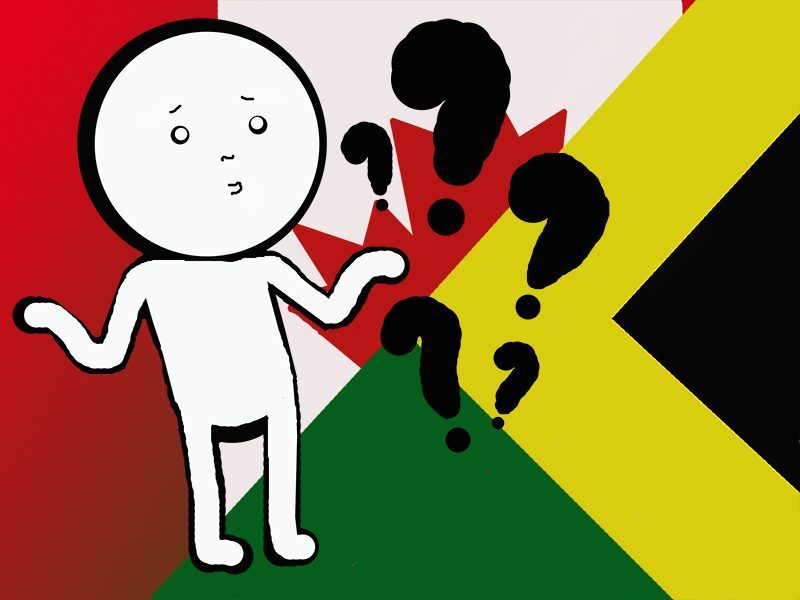The torn identity of an immigrant


Migrating to Canada from a tropical, third-world country, in my first-year of university, I found myself in what some would call a mid-identity crisis.
Whenever it came up that I was not Canadian or that I didn’t know how to skate or ski, there was always one lingering question: where was I from?
For me, however, my identity is a lot more than what I can and can’t do and even more than where I’m from.
As I sat and listened to my professor explore the meaning of diaspora and the loss of a homeland, I was moved by how much history, culture and places mattered when we think of our identity and how it outstretches the boundaries of nationalism.
Something I have always struggled with was defining who I was. I remember vividly one time in middle school when I was moved to a new class and my first task was on a sheet of paper to answer the question: who am I?
I must have taken the entire three periods to complete the assignment and all my classmates stared in perplexity wondering why the Hell the new girl was taking so long.
I was in tears before the teacher tended to me.
All I had written was: My name is Abigail Barrett. I am in grade 3C.
More than ten years later, even though I’m not physically in tears, there is still an overwhelming feeling when I am asked to describe myself or find myself with that very famous interview question, “without using your name, tell me who you are.”
I have now acquired enough knowledge and experience to throw out a bunch of adjectives, passions and interests to fill in the blanks, but I never feel satisfied that I have truly painted a picture of who I am because my identity is relative.
A year ago, I came to the conclusion that my failure can define who I am, due to the fact that, “I am not even who I am yet.” I love that quote. This is my go-to line if you should ever ask me who I am.
For me, and many other diasporic bodies, it is a constant struggle.
It is a struggle to assert yourself in a new land that you have not spent years getting to know, a place where you don’t have the same memories as your friends. You belong somewhere else.
Where is that somewhere else? Home. It is often said that it takes the absence of some things to appreciate others. For the diaspora, it could not be more true.
It often takes moving away from a place to really pick up on the things that you like about it, so you try hard to recreate these things in what you eat, how you dress, the music you listen to and even the friends you choose. It might even feel like a form of resistance being done at the expense of the host country.
With this sort of migration and engagement, there comes with it a disarray for those who ever make a “return to the homeland” journey.
When we go back to our countries of origin, who are we?
When I visited my homeland a few months after I left, I was convinced it had changed.
Home went on without me and I made a home in Canada. The people at home did not feel as though a lot had changed.
How do we belong to a home that we left? Simple: we don’t.
It is still home, we still feel a sense of duty and loyalty to it, but we can never truly belong like those who never left. The same is true for when you migrate elsewhere. You don’t belong in the same way that others do.
So, as a diasporic body, understand that my identity is not as clear-cut as others would make it seem.
The next time you ask a person who they are, if you really want to know, be more specific about the answer that you are looking for. An identity cannot be defined in just three words or a 30 second advertisement.


